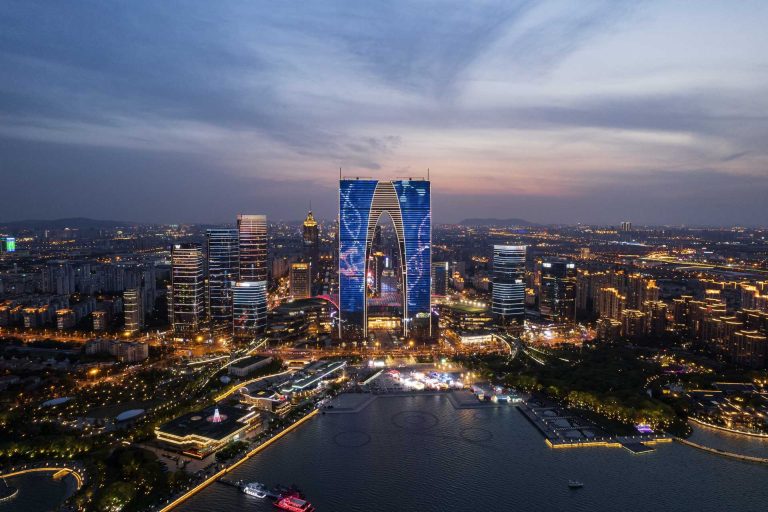China remains one of the world’s fastest changing investment landscapes. In 2025 the leading economic and technological development zones, free trade zones, and special economic zones are proving to be hotspots for foreign direct investment, advanced manufacturing, green energy, and high-tech innovation. This article examines the top ten best investment zones in China in 2025 you need to watch. It explores the reasons these zones lead in attracting capital, the reform measures encouraging foreign investment, the rising sectors such as integrated circuits, biomedicine, renewable energy, artificial intelligence, and advanced equipment manufacturing.
You will learn which Free Trade Zones offer the most open market access and favorable regulatory framework under China’s negative list policies. You will also see how state-level economic zones are being prioritized in government work plans and how they contribute significantly to foreign trade and GDP growth. The write-up gives insights on the role of Special Economic Zones like Shenzhen, Zhuhai, Xiamen, where incentives for technology firms, export processing, logistics hubs, and clean energy development are strongest. Discover which zones are gaining momentum due to infrastructure investment, skilled labour pool, supply chain integration, and proximity to ports or markets.
By the end of this article you will clearly understand which zones are emerging as best investment destinations in China, what factors make them competitive in 2025, and how investors can evaluate risk versus opportunity.
Top Ten Best Investment Zones In China (2025)
10. Yangzhou Economic and Technological Development Zone
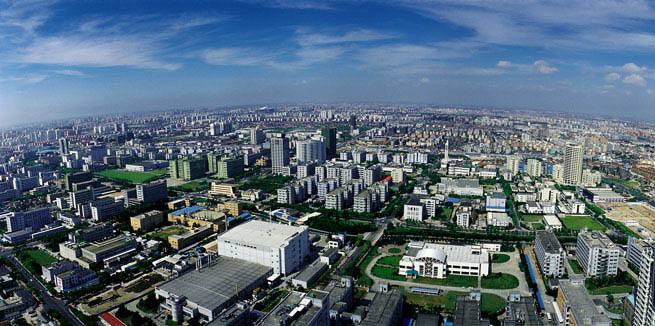
Yangzhou Economic and Technological Development Zone has matured into a major industrial center inside Jiangsu province and the Yangtze River Delta cluster. Since its elevation to a national level zone it has built a diversified base in advanced manufacturing, new energy, precision equipment and logistics. Investors find a stable policy environment and large scale infrastructure projects with direct river and road links to nearby ports which shrinks supply chain lead times. The zone has steadily increased its contribution to municipal GDP and remains one of the principal engines for regional foreign direct investment.
What sets Yangzhou apart is its mix of mid sized manufacturers and growing R and D capacity that helps move operations from simple assembly to higher value creation. Local authorities have focused on easing business processes, building talent pipelines and offering targeted support for smart factories and export oriented clusters. For investors seeking a combination of lower cost manufacturing talent, access to Yangtze River logistics and a track record of public private projects, Yangzhou offers a balanced combination of scale and improving innovation capabilities.
9. Zhenjiang Economic and Technological Development Zone

Zhenjiang Economic and Technological Development Zone leverages its strategic location on the lower Yangtze River to serve as a logistics and production hub between Shanghai and Nanjing. The zone attracted a string of export oriented firms and has positioned itself on electronics, intelligent manufacturing and eco industrial development. Port access and bonded logistics make Zhenjiang attractive for companies that need rapid cross river distribution and efficient export procedures. In recent years local planning emphasised green industry, industrial chain integration and small batch high mix production that supports growth in high tech manufacturing clusters.
The zone promotes closer supply chain links with the broader Yangtze River Delta which gives incoming investors easier supplier sourcing and access to a skilled workforce. For multinationals pursuing regional diversification from coastal megacities Zhenjiang offers a lower cost entry point while still delivering modern infrastructure and proven enterprise support. This combination of geographic advantage and targeted industrial upgrading helps the zone compete for foreign direct investment and export processing projects.
8. Wuhan East Lake High Tech Development Zone Optics Valley of China

Wuhan East Lake High Tech Development Zone also known as Optics Valley has become one of the most recognised high tech clusters in central China. Famous for photonics, semiconductors, biotech and software the zone hosts a dense ecosystem of research institutes, universities and startups. This concentration of talent and intellectual property makes it a natural site for R and D intensive investment in integrated circuits, optical devices and life science manufacturing. The region offers investors the benefit of lower operating costs compared with coastal hubs while delivering deep technical capabilities and strong local procurement networks.
Government support for commercialization and innovation funding has enabled rapid firm formation and the growth of industrial parks dedicated to high technology production. Investors eyeing China investment zones 2025 for medium term scale up will find Optics Valley compelling because it combines university fed talent pipelines, incubator programs and sizeable industrial land options for advanced production lines. The zone also links to inland logistics corridors that expand market reach across central and western China.
7. Chongqing Liangjiang New Area

Chongqing Liangjiang New Area is the flagship western China development zone and a strategic gateway for inland industrial upgrading. With strong growth in business registrations and a broad push to develop intelligent equipment manufacturing, new energy vehicle supply chains and digital services, Liangjiang has become a magnet for companies seeking access to inland demand while still tapping export oriented routes via the Yangtze River. The zone benefits from central government support for regional re balancing and targets technology led manufacturing and logistics hubs that service southwest China.
A large domestic market footprint, abundant industrial land parcels and accelerated project approval processes give investors faster time to market. Liangjiang also offers complementary financial support tools and targeted funds to seed strategic industries which reduces early stage financing risk for new projects. For investors looking to diversify production and to reach growing inland consumption, Liangjiang New Area ranks among the most compelling China investment zones in 2025 thanks to scale, policy support and expanding industrial ecosystems.
6. Tianjin Binhai New Area and TEDA

Tianjin Binhai New Area with its long standing economic and technological development area TEDA is a strategic northern China hub for heavy industry, advanced manufacturing and logistics. The Binhai area sits next to major ports and an international airport making it suitable for export processing, capital intensive production and projects needing scale. In recent years the zone has invested heavily in smart manufacturing, digital industry parks and life science clusters supported by local incentives and industry specific service platforms.
Cooperation with Beijing creates added value for R and D and high end equipment projects that benefit from research capacity in the capital region. For foreign firms seeking industrial scale and advanced infrastructure combined with favourable customs arrangements, Binhai provides the connectivity and institutional depth required to operate large production lines and integrated supply chain operations. Policy continuity and targeted industrial promotion make this zone a steady choice for investors focused on manufacturing scale up and trade oriented business.
5. Hainan Free Trade Port and Hainan Free Trade Zone
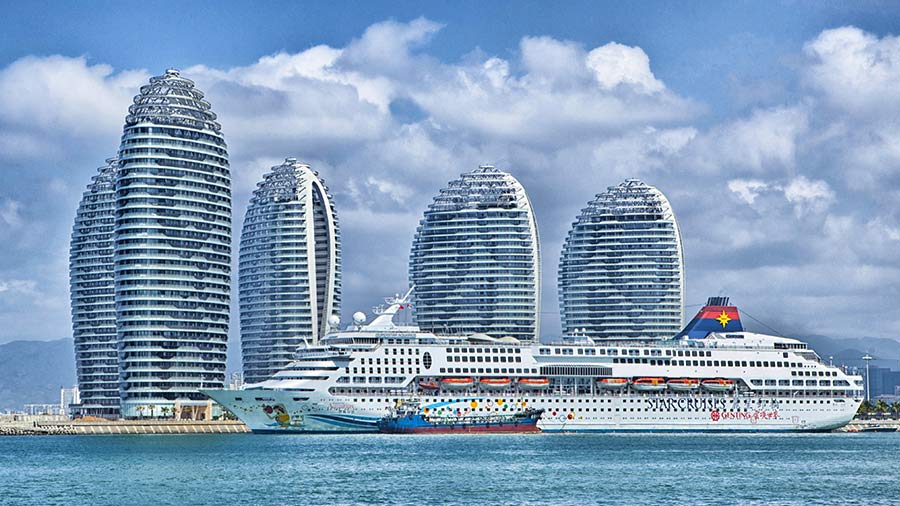
Hainan has been developed as China’s special free trade port with sweeping measures to boost consumption led growth, duty free retail and service sector expansion. The policy framework aims at easier customs clearance, favorable tax regimes for certain services and a strong push into tourism related medical care, health services and trade in high value goods. For international brands and service companies the island offers access to a growing domestic luxury and retail market with incentives that improve margin profiles for cross border commerce.
Developers and investors in tourism hospitality, duty free retail, international healthcare and professional services will find the island attractive because of government plans to build an open trade environment and to expand visa facilitation for overseas visitors. Hainan’s strategy to become a testing ground for trade and service liberalization positions it among the most promising China investment zones for service oriented foreign direct investment in 2025. The emerging customs and tariff measures further strengthen its appeal as a dedicated consumption and trade hub.
4. Guangdong Free Trade Zone cluster Nansha Qianhai Hengqin

Guangdong Free Trade Zone integrates several strategic sites across the Greater Bay Area and is central to the region’s cross border trade and technology oriented services. The Nansha district near Guangzhou, Qianhai near Shenzhen and Hengqin near Zhuhai each bring distinct advantages such as financial services innovation, cross border commerce and specialised industrial land. The cluster benefits from proximity to Hong Kong and Macau and a developed supply chain ecosystem that serves electronics, biotech and service exports.
Local plans to attract tens of thousands of foreign invested companies reflect a sustained push to increase market opening and to pilot new trade facilitation measures. For investors focused on international trade, cross border finance solutions, logistics and high tech manufacturing clusters, the Guangdong FTZ cluster delivers both market depth and direct channel access to a major global export region. Its strategic location inside the Greater Bay Area ecosystem amplifies opportunities for partnerships, cross border investment and service exports.
3. Shanghai Pilot Free Trade Zone including bonded zones and trade facilitation reforms
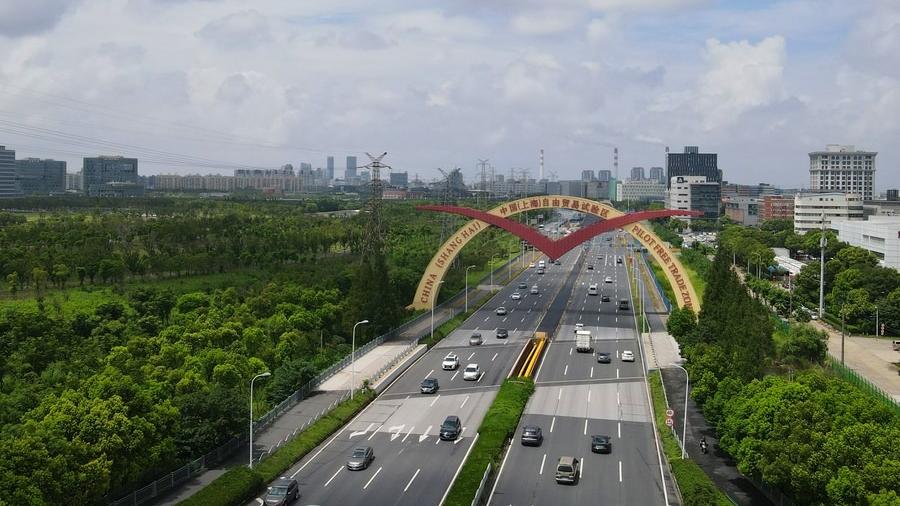
The Shanghai Pilot Free Trade Zone remains the laboratory for China’s modern trade and financial reforms and has grown to include expanded bonded areas and high end industrial initiatives. Shanghai’s FTZ has refined customs clearance processes, streamlined cross border services and pushed institutional reforms to boost foreign direct investment in life sciences, intelligent manufacturing and financial services. The zone’s deep connection to international shipping lanes and global finance markets makes it ideal for high value trading, headquarters functions and R and D intensive investments.
Newer measures that simplify trade in goods and services and that pilot market oriented corporate forms provide multinational companies with smoother pathways for establishment and cross border operations. For investors seeking a combined platform for finance, trade and advanced manufacturing the Shanghai FTZ offers a mature ecosystem, strong international connectivity and a reform oriented environment that supports scaling both service and product based business.
2.Shenzhen Special Economic Zone
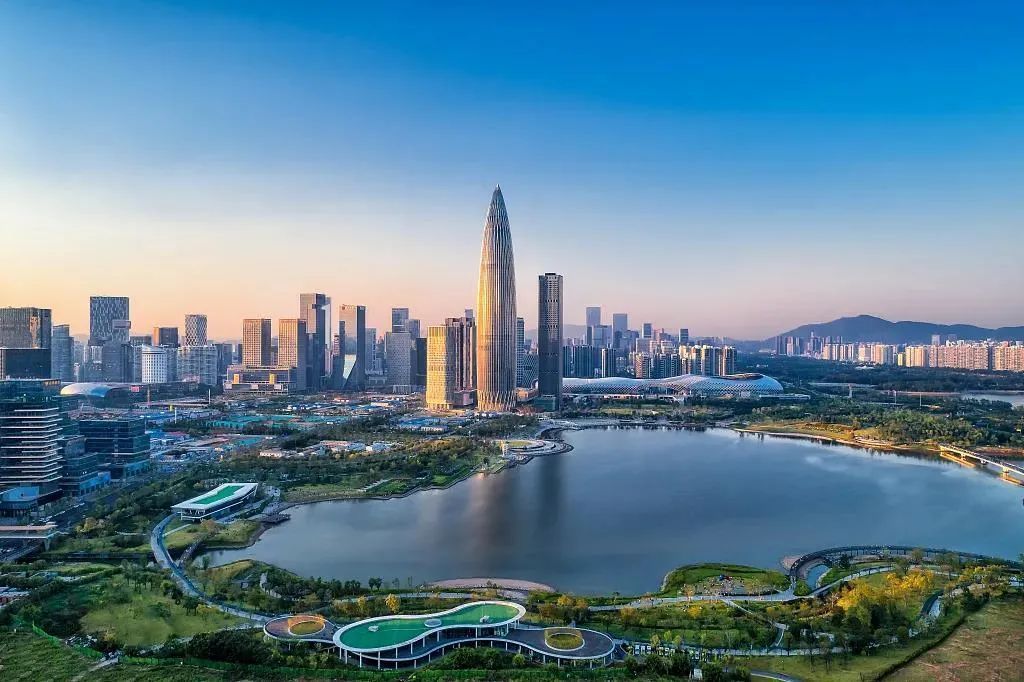
Shenzhen stands as a global innovation node and one of the most dynamic special economic zones in China. Over decades the city transformed into a powerhouse for electronics, telecommunications, software, robotics and new energy vehicle supply chains. The concentration of tech firms, venture capital networks and advanced component manufacturing makes Shenzhen a top pick for investors seeking rapid product development cycles and integrated supply chain access. Local policy emphasizes technology commercialization, startup incubation and cross border trade services which together accelerate new firm formation and scaling.
Shenzhen’s leading GDP performance and continued industrial expansion under modern industrial policies deliver both purchasing power and technological resources. For companies in consumer electronics, integrated circuits, artificial intelligence and green energy, Shenzhen provides immediate access to suppliers, talent and capital that is hard to match elsewhere in China. The city remains a top destination among China investment zones in 2025 for high tech manufacturing hubs and innovation driven foreign direct investment.
1.Suzhou Industrial Park SIP
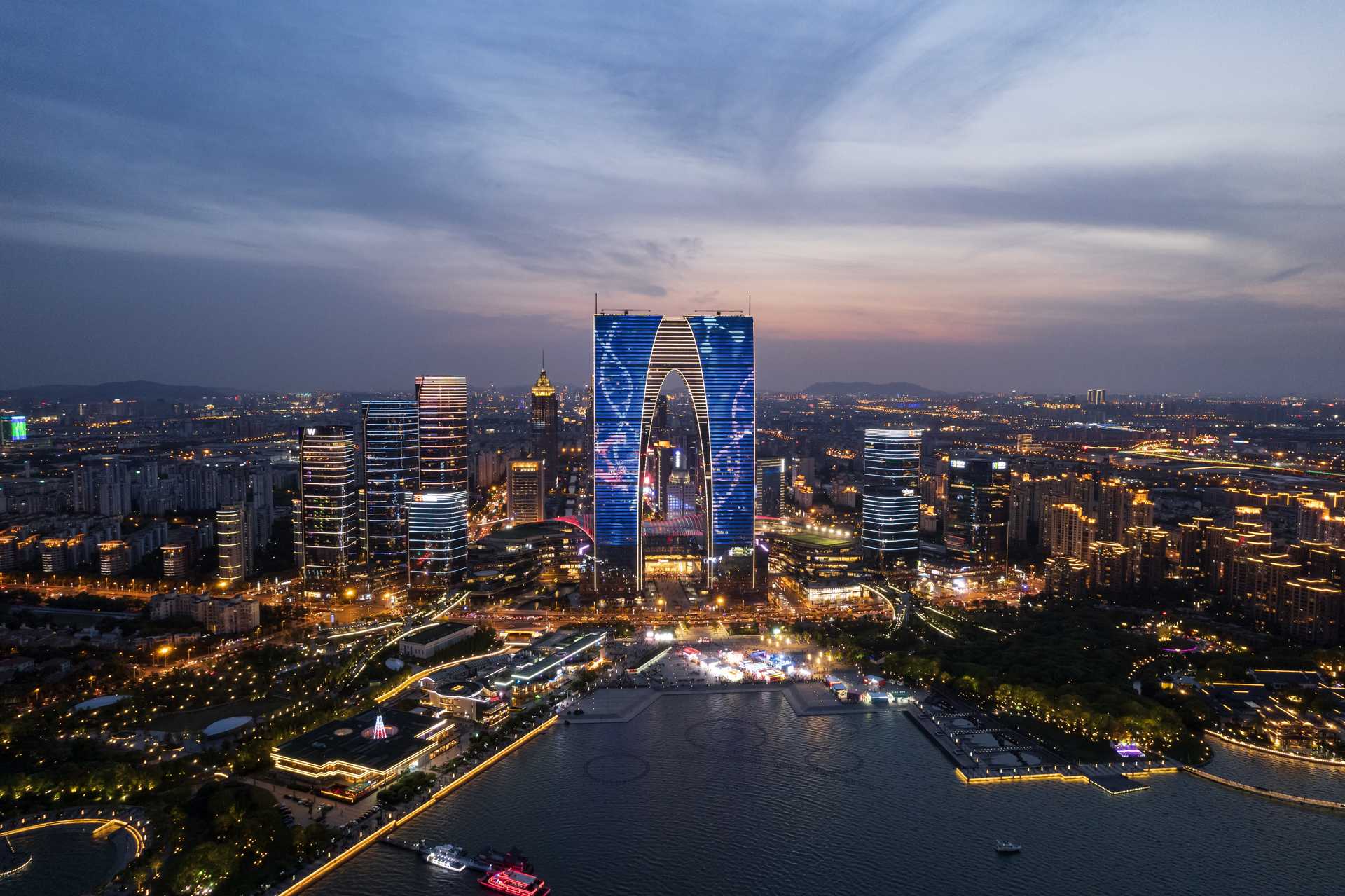
Suzhou Industrial Park takes the top ranking due to its consistent performance, depth of industrial clustering and high quality growth indicators. SIP has long served as a model for open cooperation and industrial planning with strong strengths in advanced manufacturing, integrated circuits, biomedical research and precision equipment. The park couples international standard infrastructure with an abundance of R and D institutions and a large pool of skilled technicians and engineers.
This combination supports both export oriented production and research intensive investment projects. SIP’s policy orientation encourages innovation led growth and has delivered steady increases in industrial output, foreign direct investment and business formation. For investors seeking reliability, proven investor services and a modern cluster that supports scale up from pilot production to industrial rollout, Suzhou Industrial Park offers a compelling balance of market access, talent and infrastructure. Its track record of attracting global and regional firms places it at the top of the list of best investment zones in China for 2025.

